‘A lost world below the surface’: Russian explorers film in world’s biggest cave with drone (VIDEO) https://t.co/ThqHqV3Zvh— Enquiring Mind (@EnquiringM1nd) November 12, 2017
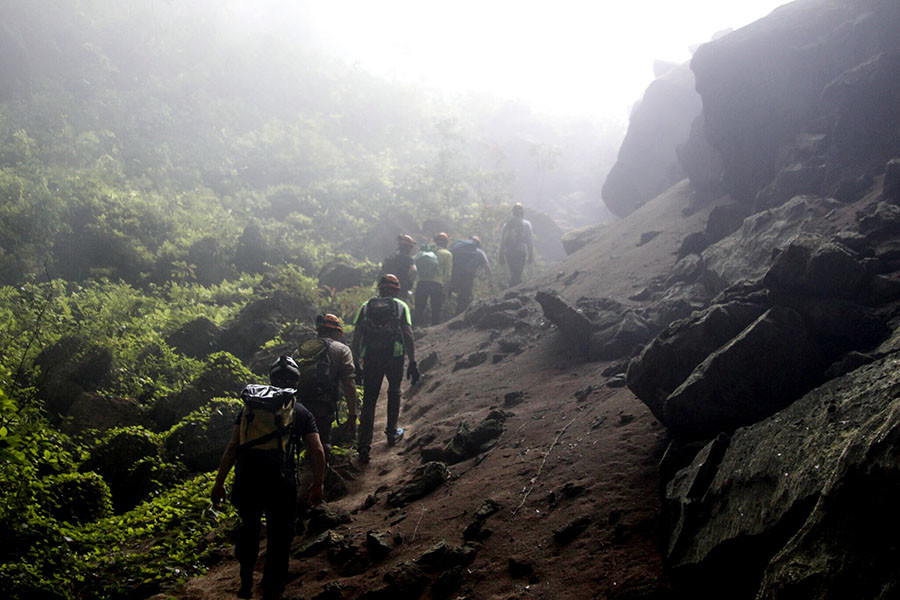
Their journey through the cave took four days of arduous climbs interspersed with spectacular sights, such as some of the world’s most imposing stalagmites, fast-running streams, and an underground forest.
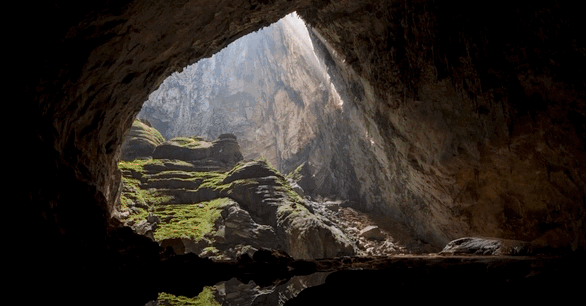
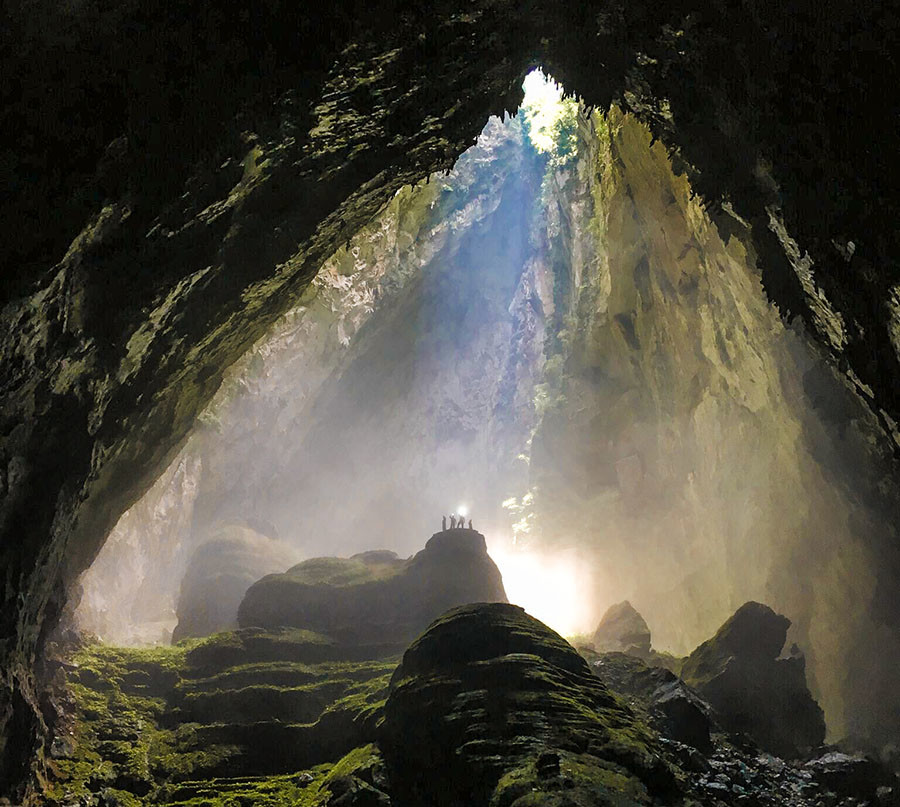
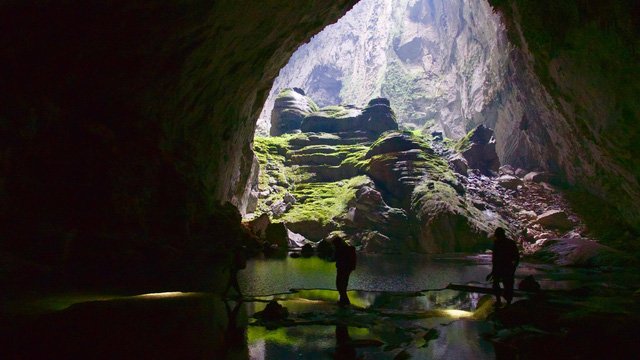
“It’s peaceful here, you feel completely detached and free. This is what you call a reset,” said one of the travelers, Ernest Rudyak, in a video diary of the journey. “It is a sanctuary, a lost world below the surface - a unique ecosystem.”
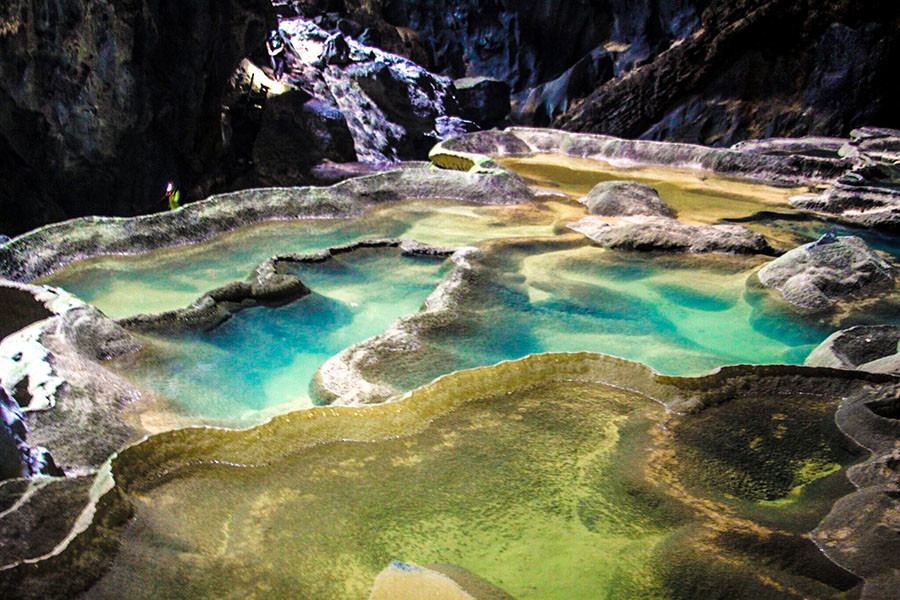
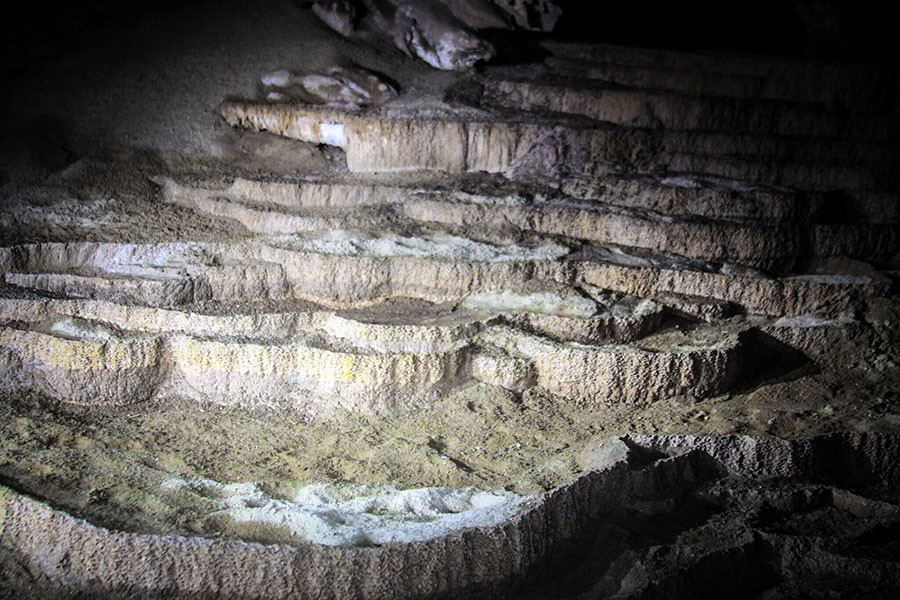
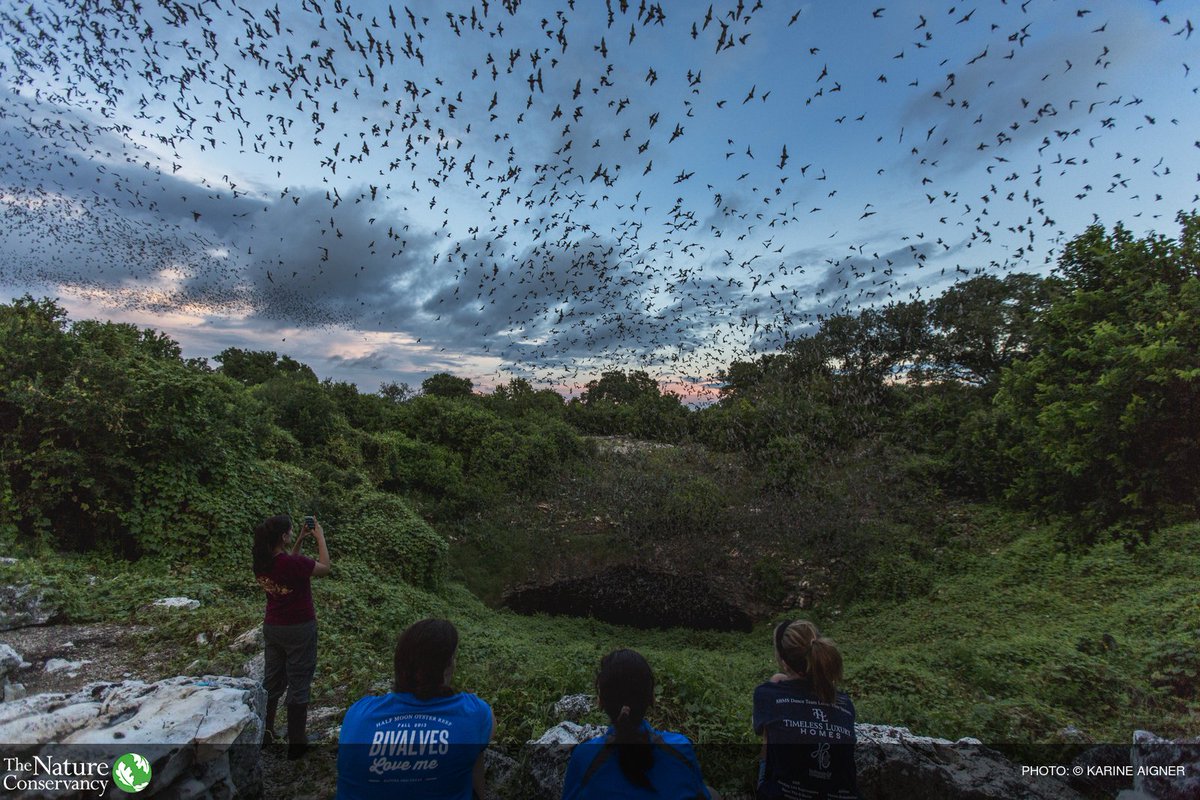
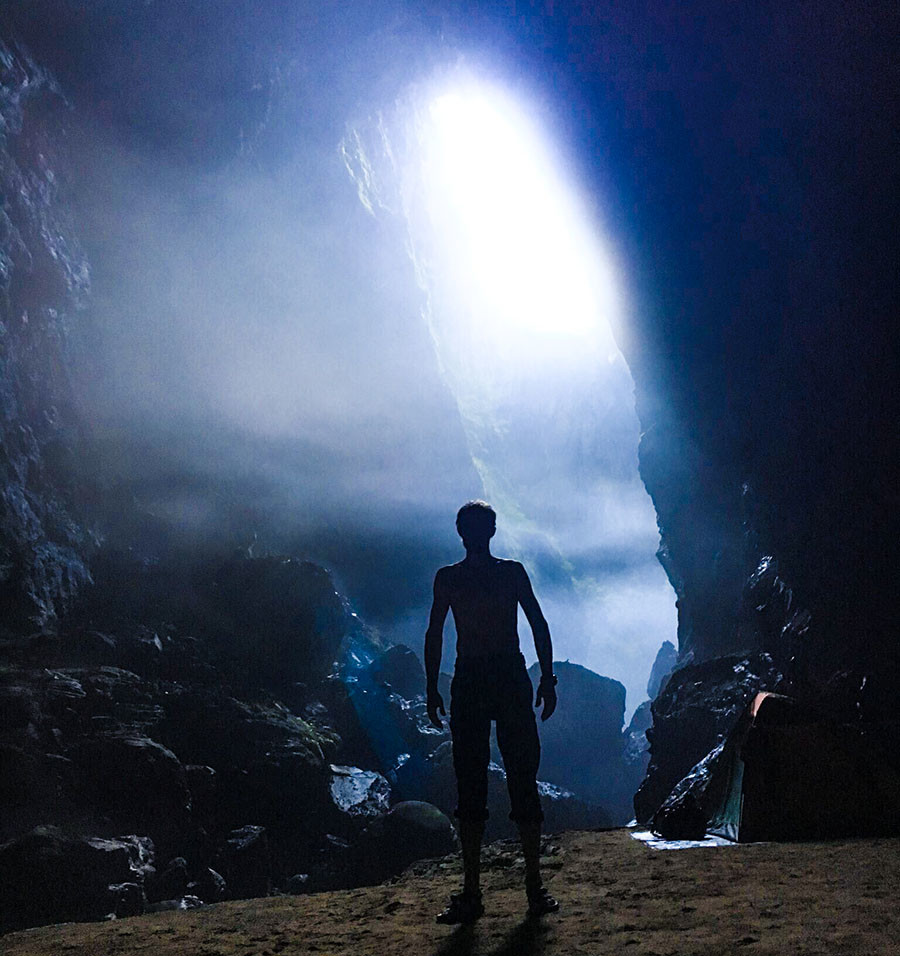
Here's A Drone's Eve View of the World's Biggest Cave https://t.co/NfMY4m3drZ via @PopMech pic.twitter.com/nZyUwbhdAk— Charbel V. Issa (@GalileeShico) September 7, 2017
Saya suka video @YouTube https://t.co/LhtP2GxCcI World s biggest cave discovered in Vietnam Hang Son Doong HD Quality— Fitri Larasati (@betilars) August 18, 2017










































Greatt reading your post
ReplyDelete